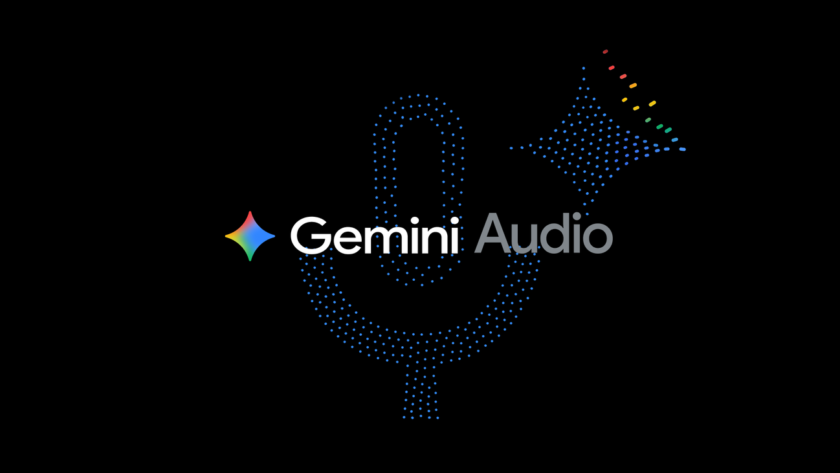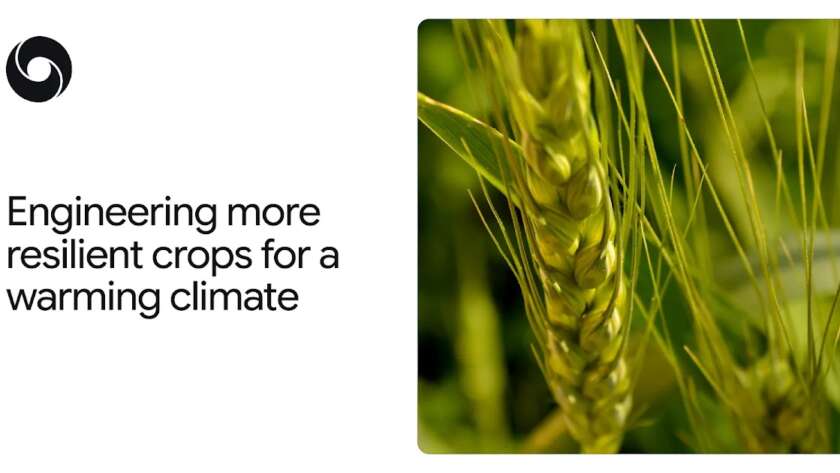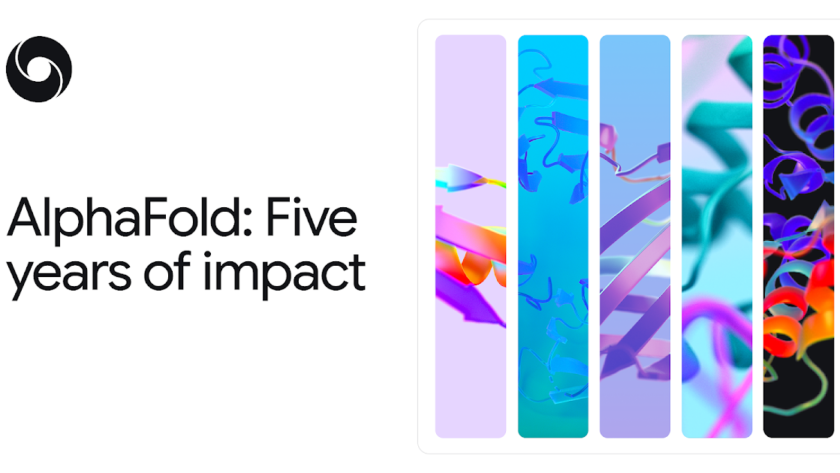Image by Author
# Introduction
Standard Python objects store attributes in instance dictionaries. They are not hashable unless you implement hashing manually, and they compare all attributes by default. This default behavior is sensible but not optimized for applications that create many instances or need objects as cache keys.
Data classes address these…











